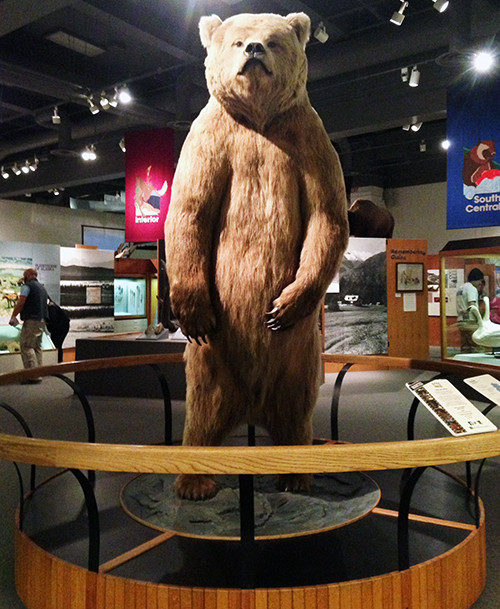Discussing ecological drought and climate change in Fairbanks, Alaska
Brianne Walsh ·In September, Simon Costanzo, Bill Dennison, and I had the opportunity to travel to Fairbanks, Alaska for a workshop focusing on the topic of ecological drought in the State of Alaska. The Department of the Interior Climate Science Centers (CSCs) and their managing organization, the National Climate Change and Wildlife Science Center at the U.S. Geological Survey, have chosen the emerging climate science field of ecological drought as a research focus area. Ecological drought is generally defined as the prolonged and widespread deficit in soil moisture, or biologically available water, that imposes multiple stresses in terrestrial and aquatic ecosystems. This workshop begins a series of meetings at each of the nations eight CSCs aimed at collating our existing knowledge of the ecological impacts, resistance, and recovery from drought. The eight CSCs provide a fantastic opportunity to compare the ecological effects of drought, related research activities, and management options at different regions, spatial scales, and biomes.
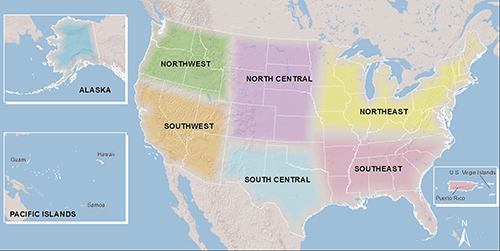
The workshop was held at the International Arctic Research Center (IARC) on the campus of the University of Alaska Fairbanks. Established in 1999 as a cooperative research institute supported by both the U.S. and Japanese governments, IARC is a leader in the facilitation of international collaboration in Arctic research.
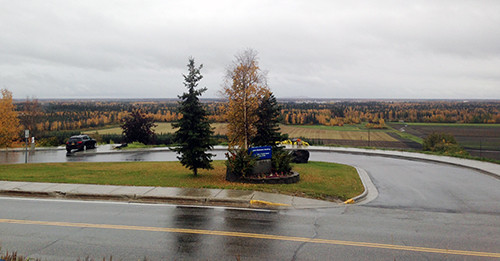
The two-day workshop focused on outlining the current state of science surrounding ecological drought research within Alaska, identifying values and threats facing Alaska due to climate change and ecological drought, and establishing a path forward, in regards to research needs and obstacles to understanding, and planning for the potential implications of ecological drought within Alaska. Five speakers outlined the mechanisms of ecological drought and their relation to five research platforms within the Alaska CSC region: climate, flora, snow, permafrost, and fire. Steph McAffee, Jessie Young, Chris Hiemstra, Bob Bolton, and Scott Rupp provided an in-depth knowledge of how ecological drought is currently influencing the Alaskan ecosystems, and how future climate change could further impact the region. These presentations set the stage for the remaining day and a half of the workshop, as participants analyzed and prioritized values and threats within the region, and established a way forward to address the impacts of ecological drought in Alaska.
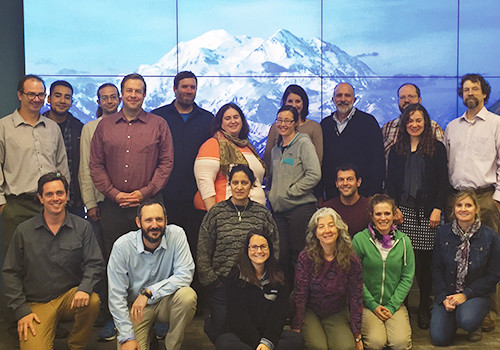

After the conclusion of the workshop, we were able to visit the U.S. Army’s Cold Regions Research and Engineering Laboratory (CRREL) permafrost tunnel research facility, just North of Fairbanks in Fox, Alaska. This was a perfect follow-up to the workshop, as one of the key discussions was the importance of permafrost within the ecosystem, and the approaching irreversible changes possible as the permafrost landscape thaws and degrades. The Permafrost Tunnel was excavated from 1963-1969 for the study of permafrost, geology, ice science, and mining and construction techniques specific to permafrost environments. Not only is the tunnel a natural laboratory for permafrost dynamics, but also paleontology, as it contains animal and plant remains preserved within it’s frozen layers.
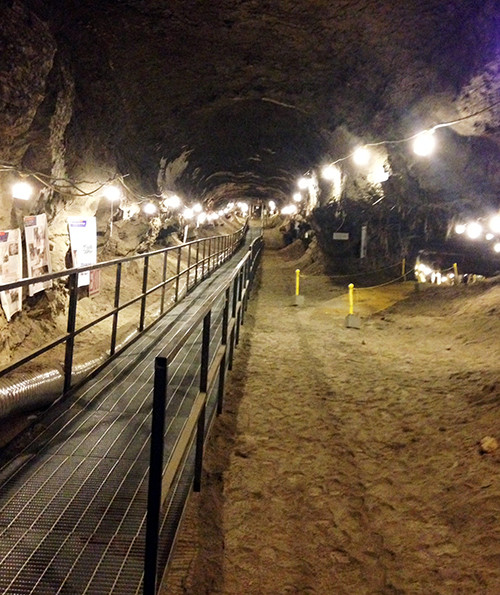
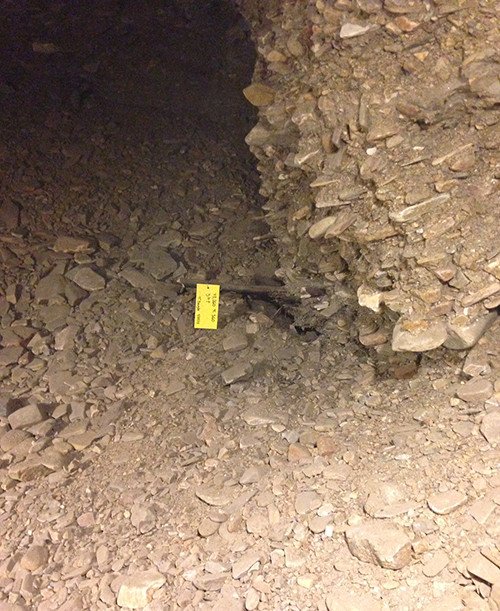
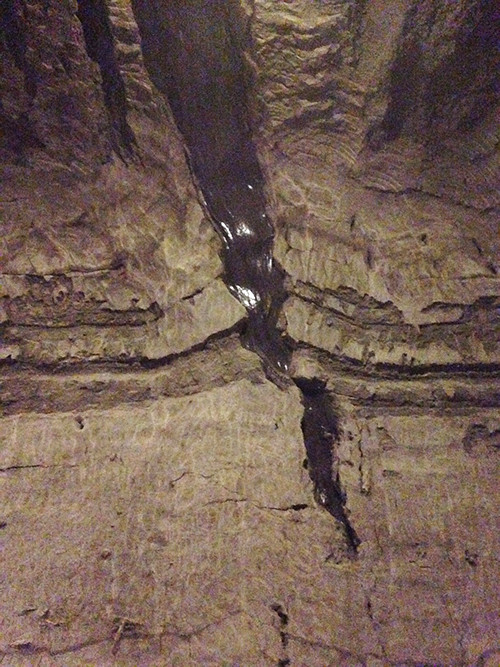
This was my first visit to Alaska, and although I was unable to spend extra days exploring the Alaskan culture and wilderness, I did have an opportunity to see much of Fairbanks, and the surrounding area, thanks to tour guide, and UAF alum, Bill Dennison. Our first stop upon arriving in Fairbanks was a trip to see the Trans-Alaska pipeline, the 800 mile pipeline that transports oil from the Prudhoe Bay oil fields in northern Alaska, South to Valdez, Alaska. Despite the mixed emotions of an environmentalist in Alaska for a ecodrought and climate change workshop, the pipeline is an impressive engineering project—as it traverses 800 miles of frozen tundra, forest, rivers and streams, and three major earthquake faults. One positive engineering feat is the ability of the planners to construct a platform to prevent heat from the oil from thawing the permafrost, therefore protecting infrastructure, and surrounding system that depends on the frozen soil.
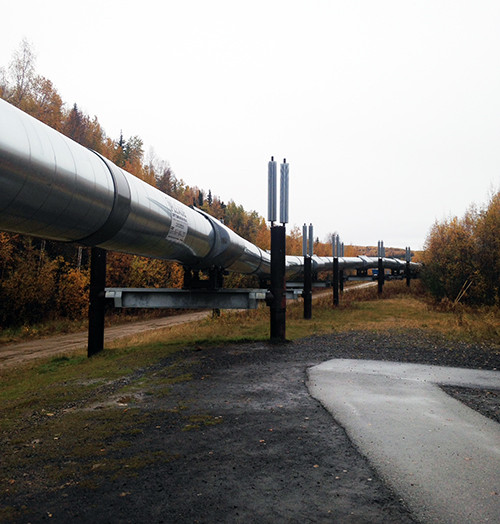
The morning before my flight out of Fairbanks was spent at the University of Alaska Museum of the North, located on the UAF campus. The museum provided the perfect end to the trip, as it was part Alaskan cultural and natural history, part native and cultural art museum, and part Alaskan modern art museum—there was so much information, history, and culture contained in the two floors of exhibit rooms. Not only were the exhibits interesting, but the museum perfectly showcased the values and threats to the Alaskan region and ecosystems that were discussed at the workshop the day prior—further highlighting their importance, and the threats of climate change and ecological drought on the Alaska CSC region.
